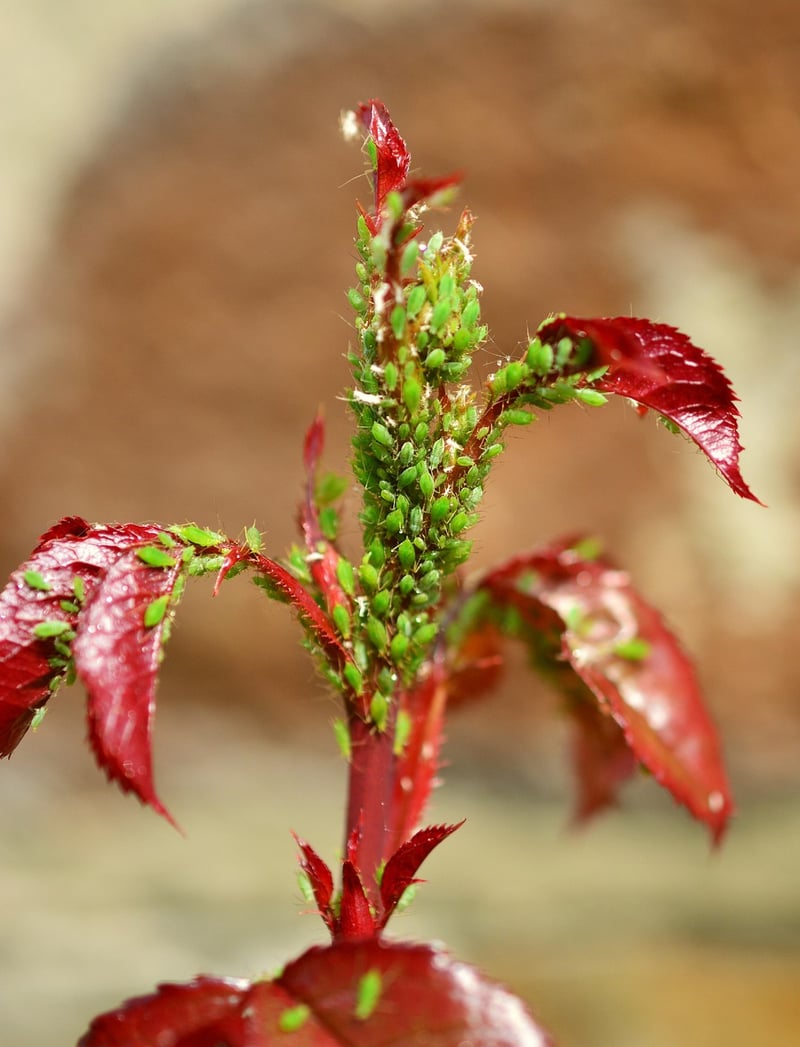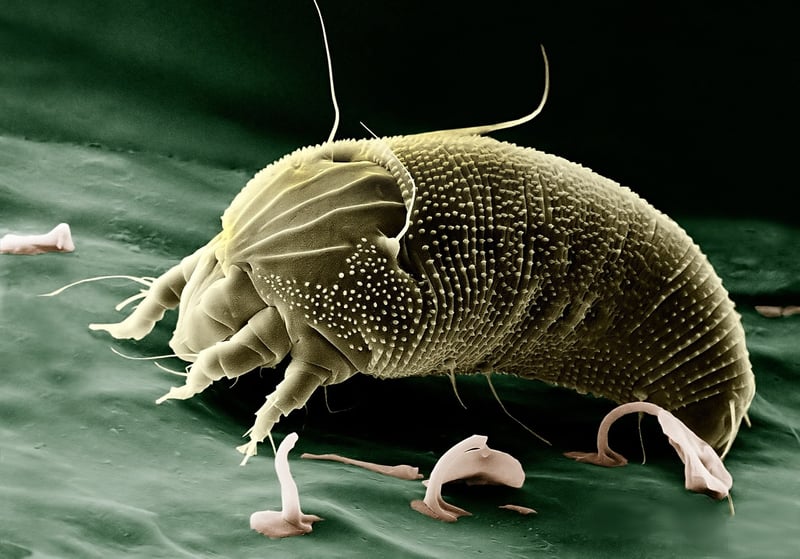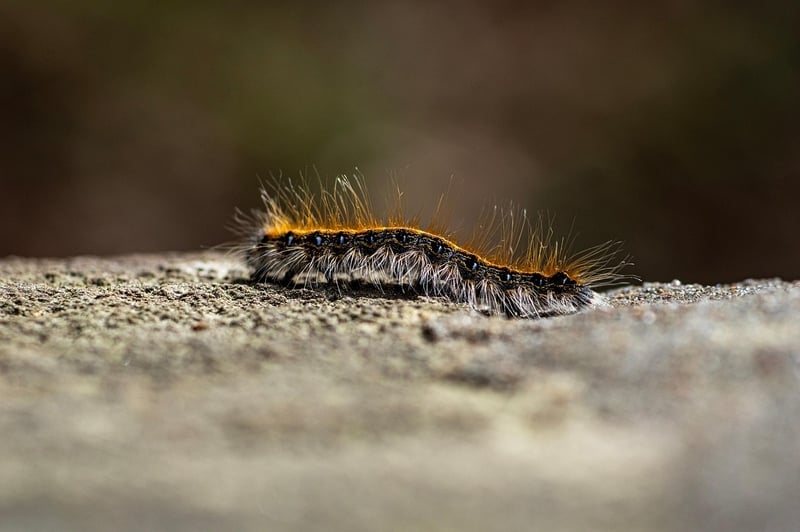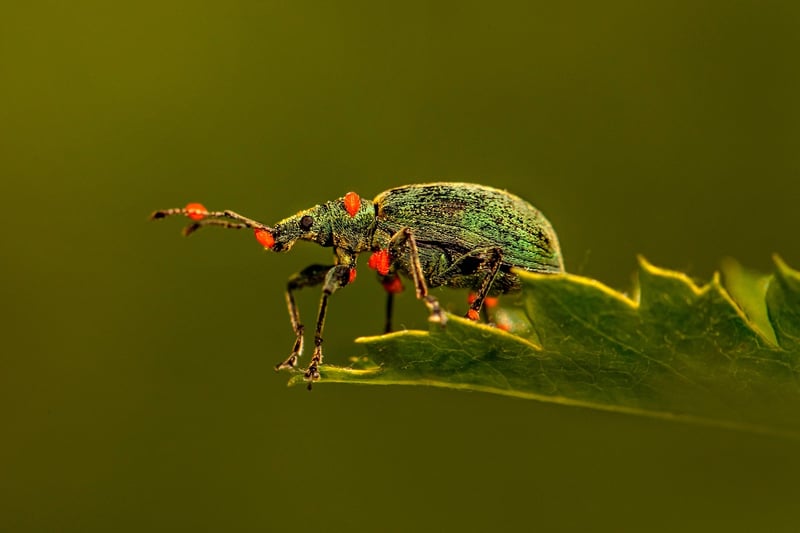Identifying Pests
Protecting Your Plants: Identifying Pests and Preventing Damage
Plants are a valuable part of any garden or landscape, providing beauty, oxygen, and a sense of tranquility. However, they are often at risk from various pests that can cause significant harm if left unchecked. By learning to identify common pests and taking preventive measures, you can protect your plants and ensure they thrive.
Identifying Common Garden Pests
1. Aphids: These small, soft-bodied insects feed on plant sap, causing leaves to curl and yellow. They reproduce rapidly, so early detection is key.
2. Spider Mites: These tiny pests suck plant juices, causing stippling and webbing on leaves. They thrive in hot, dry conditions.
3. Caterpillars: Caterpillars chew on leaves, leaving behind holes and skeletonized foliage. They can quickly defoliate plants if not controlled.
Preventing Pest Damage
1. Encourage Beneficial Insects: Ladybugs, lacewings, and parasitic wasps are natural predators of many garden pests. Planting flowers like dill and fennel can attract these beneficial insects to your garden.
2. Practice Crop Rotation: Rotating crops each season can help disrupt pest life cycles and reduce infestations.
3. Use Organic Pest Control: Neem oil, insecticidal soap, and diatomaceous earth are effective, eco-friendly options for controlling many common garden pests.
Visual Guide to Common Garden Pests



By staying vigilant, identifying pests early, and implementing preventive measures, you can protect your plants from harm and enjoy a thriving, pest-free garden.
For more information on identifying and managing garden pests, visit Extension's guide to garden insects.
